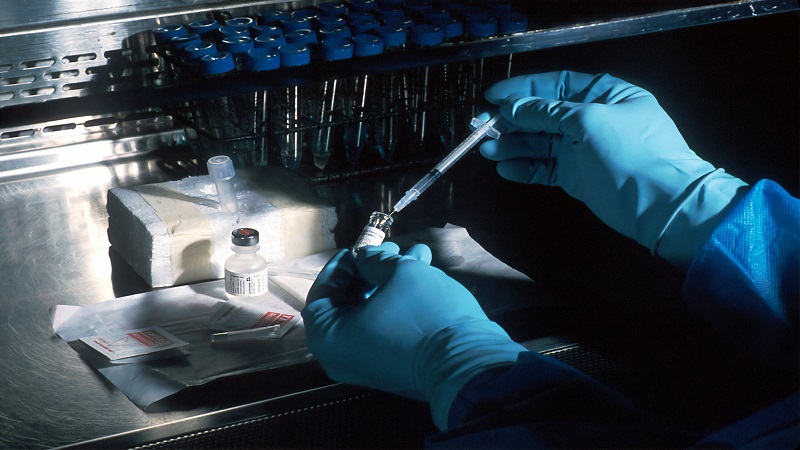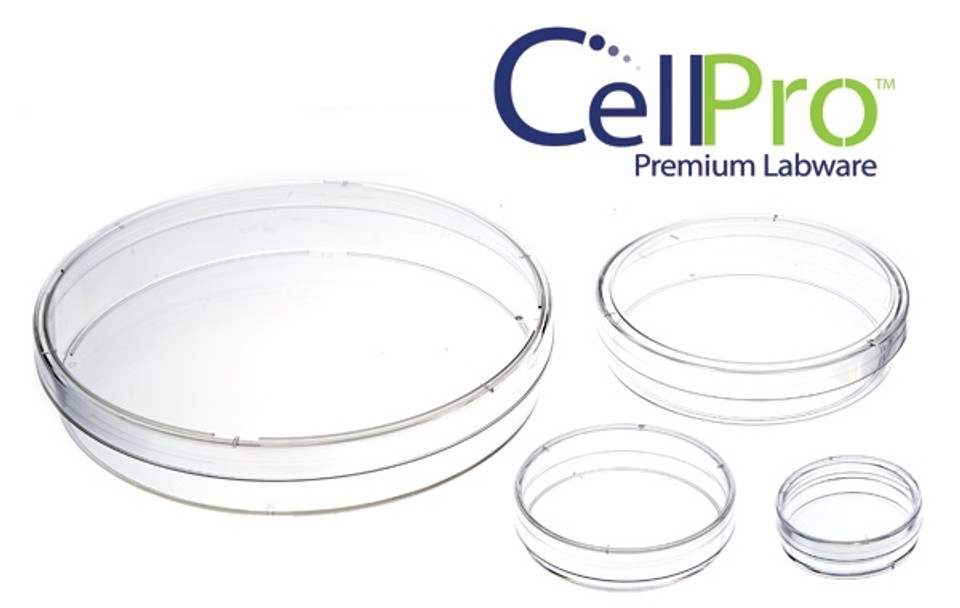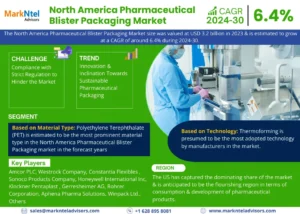Liposomes in Drug Delivery: Progress, Limitations, and Future Prospects
Liposomes, spherical vesicles composed of one or more phospholipid bilayers, have garnered significant attention in the field of drug delivery due to their unique properties. These nanocarriers offer a promising approach to overcome challenges associated with traditional drug administration, enhancing therapeutic efficacy while minimizing side effects. This article will delve into the role of liposomes in drug delivery, highlighting progress made and the limitations that remain, as well as exploring future directions for this burgeoning field.
Role of Liposomes in Drug Delivery
The structure of liposomes, consisting of an aqueous core enclosed by a lipid bilayer, allows for the encapsulation of both hydrophilic and lipophilic drugs. This versatility, coupled with their biocompatibility and biodegradability, makes liposomes an attractive vehicle for drug delivery. Upon administration, liposomes can protect encapsulated drugs from degradation, prolong their circulation time. And facilitate targeted delivery to diseased tissues via passive or active targeting mechanisms.
Passive targeting exploits the enhanced permeation and retention (EPR) effect, a phenomenon observed in certain pathological tissues. Such as tumors, characterized by leaky vasculature and poor lymphatic drainage. Liposomes can accumulate in these areas, increasing drug concentrations at the desired site of action. Active targeting involves the surface modification of liposomes with ligands that bind to specific receptors overexpressed on target cells. Enabling selective uptake and enhanced therapeutic efficacy.
Progress in Liposomal Drug Delivery
Over the past few decades, liposome technology has advanced significantly. With several liposome-based formulations approved for clinical use and many more in various stages of development. One of the earliest approved liposomal drugs was Doxil. A PEGylated liposomal formulation of doxorubicin, which demonstrated improved pharmacokinetics and reduced cardiotoxicity compared to the free drug.
Subsequent developments have focused on optimizing liposome composition and design to enhance stability, drug loading, and targeting capabilities. For instance, thermosensitive liposomes that release their payload in response to heat offer a promising strategy for localized drug delivery in combination with hyperthermia. Similarly, pH-sensitive liposomes exploit the acidic microenvironment of tumors to trigger drug release.
Limitations and Challenges
Despite the progress made, liposomal drug delivery is not without its challenges. Issues related to large-scale manufacturing, such as batch-to-batch consistency and scalability, need to be addressed to ensure commercial viability. Additionally, the stealth properties imparted by PEGylation can be compromised upon repeated administration due to the accelerated blood clearance (ABC) phenomenon. Limiting the efficacy of multiple dosing regimens.
Furthermore, while liposomes have shown promise in preclinical models, translation to the clinical setting has been met with variable success. Factors such as complex in vivo dynamics and interpatient variability can affect liposome pharmacokinetics and biodistribution. Underscoring the need for more predictive preclinical models and personalized medicine approaches.
Future Directions
As liposome technology continues to evolve, several areas hold promise for future advancement. The incorporation of emerging technologies, such as nanotechnology and machine learning. Could enable the design of “smart” liposomes with optimized properties for specific applications. Furthermore, the exploration of liposomes for the delivery of nucleic acid-based therapies. Such as siRNA and CRISPR/Cas9, offers a new frontier in the treatment of genetic diseases.
In addition, there is a growing interest in the use of liposomes as vaccine adjuvants. Leveraging their immunostimulatory properties to enhance antigen presentation and elicit robust immune responses. As our understanding of the immune system and disease pathology continues to deepen. Liposomes are likely to play an increasingly important role in the development of novel immunotherapies.
In conclusion, while liposomes have made significant strides in the field of drug delivery. Ongoing research is needed to overcome the existing challenges and fully harness their potential. With advances in technology and our understanding of biological systems. Liposomes are poised to remain a vital tool in the arsenal of drug delivery approaches. Offering new hope for the treatment of a wide range of diseases.
Source from Creative Biostructure
Creative Biostructure is specialized in providing cost-effective contract services to both academia. And biotech/pharmaceutical industries in the field of structural biology and membrane protein technologies.
We have developed all-in-one, gene-to-structure pipelines for the structure determination of macromolecules of your interest. With a team of experienced professionals, Creative Biostructure is able to solve the structure of many challenging proteins including GPCRs, ion channels, transporters, enzymes and viral targets. We also provide a comprehensive list of products and other related services to facilitate your research in structural biology.
Creative Biostructure has also built up a unique and comprehensive Membrane Protein Screening Platform. Aiming at elucidating the fundamentals of membrane protein systems, we provide gene-to-structure services on the purification, crystallization. Structure determination and analysis of various membrane proteins.
With our state-of-the-art platforms, we are offering our customers access to the latest tools. Techniques and expertise for their structural biology projects with competitive pricing and short turnaround time. Our staff will be very glad to discuss the details of your project and develop experimental strategies tailored to your requirements.














Post Comment